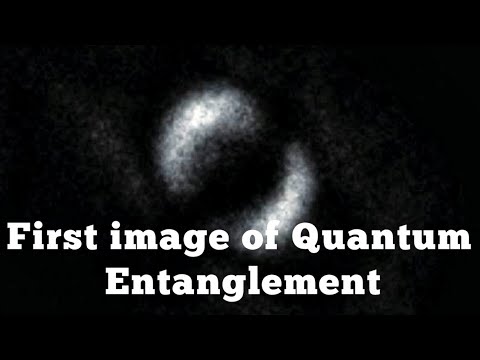Many misuse concepts like Quantum entanglement and the uncertainty principle to justify subjective religious beliefs or question the certainty of science. High fog index nor Blue Smoke and Mirrors not necessary to understand Quantum Mechanics.
I liked the following explanation for quantum entanglement.
https://www.quora.com
What causes quantum entanglement?
Erik Anson, worked at University of Washington
Answered May 14, 2017
Simply put, conservation laws.
For example, if a single particle without spin angular momentum decays into two particles with spin angular momentum, those two spins have to cancel each other out, because angular momentum is conserved.
When you combine this with the existence of quantum uncertainty, meaning that neither of the outgoing particles has a well-defined spin state, this means you wind up with two fundamentally uncertain things, potentially separated by great distances, that nonetheless must turn out to be equal and opposite when measured, as long as neither has been interfered with in the mean time.
This is, more or less, what “quantum entanglement” means.
I liked the following explanation for quantum entanglement.
https://www.quora.com
What causes quantum entanglement?
Erik Anson, worked at University of Washington
Answered May 14, 2017
Simply put, conservation laws.
For example, if a single particle without spin angular momentum decays into two particles with spin angular momentum, those two spins have to cancel each other out, because angular momentum is conserved.
When you combine this with the existence of quantum uncertainty, meaning that neither of the outgoing particles has a well-defined spin state, this means you wind up with two fundamentally uncertain things, potentially separated by great distances, that nonetheless must turn out to be equal and opposite when measured, as long as neither has been interfered with in the mean time.
This is, more or less, what “quantum entanglement” means.

